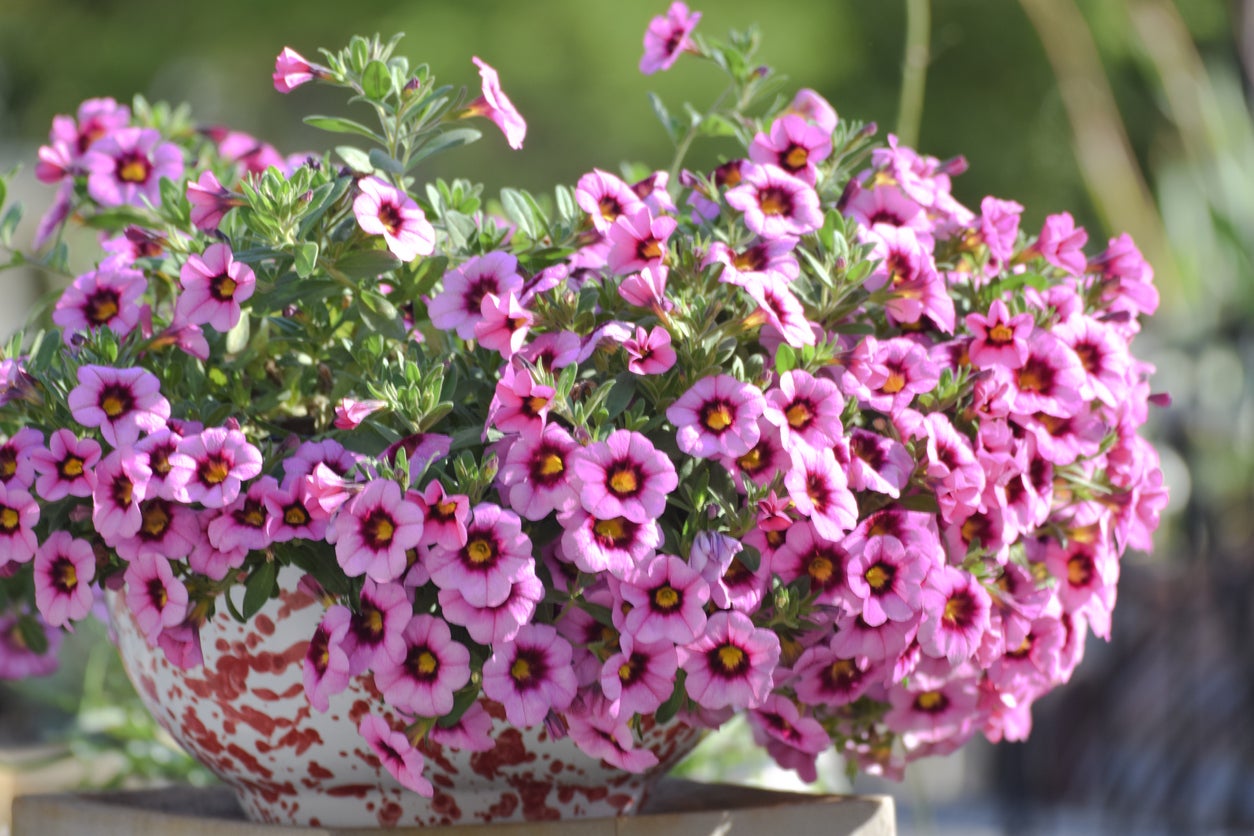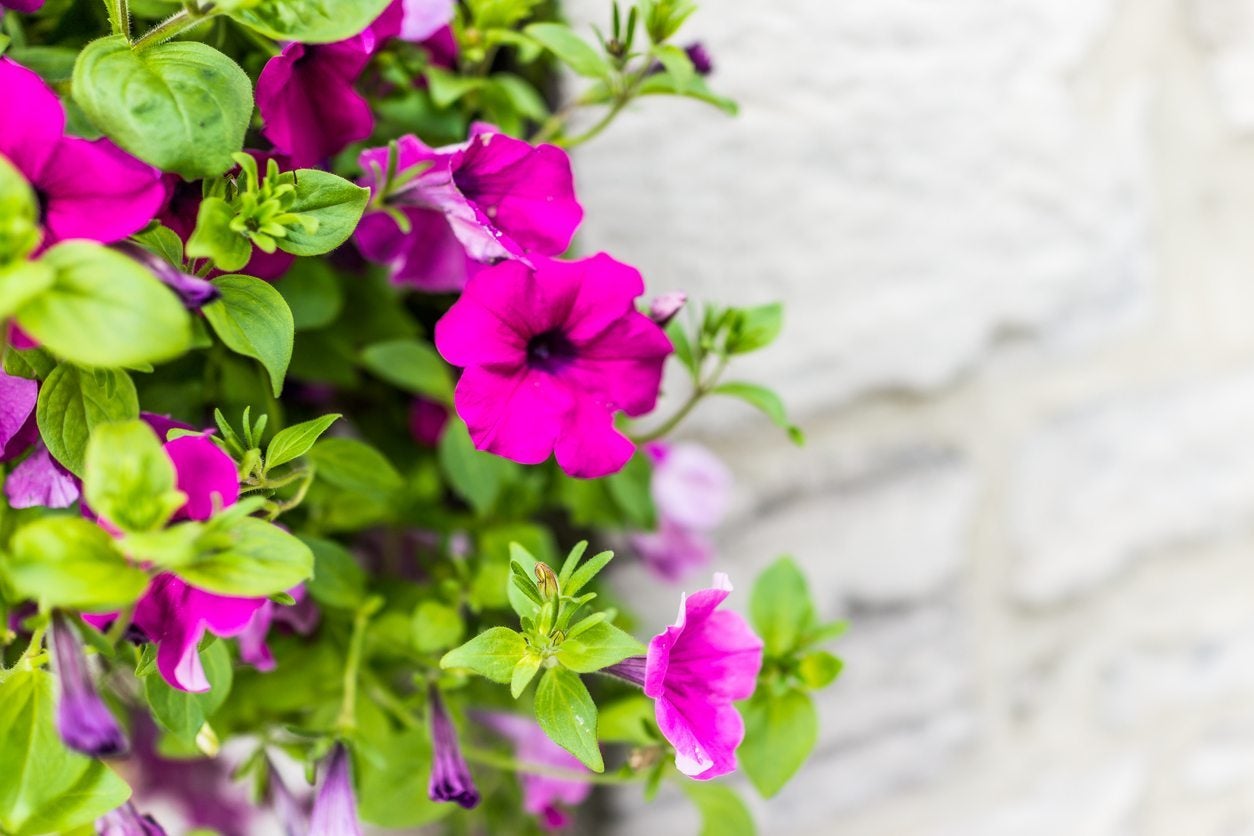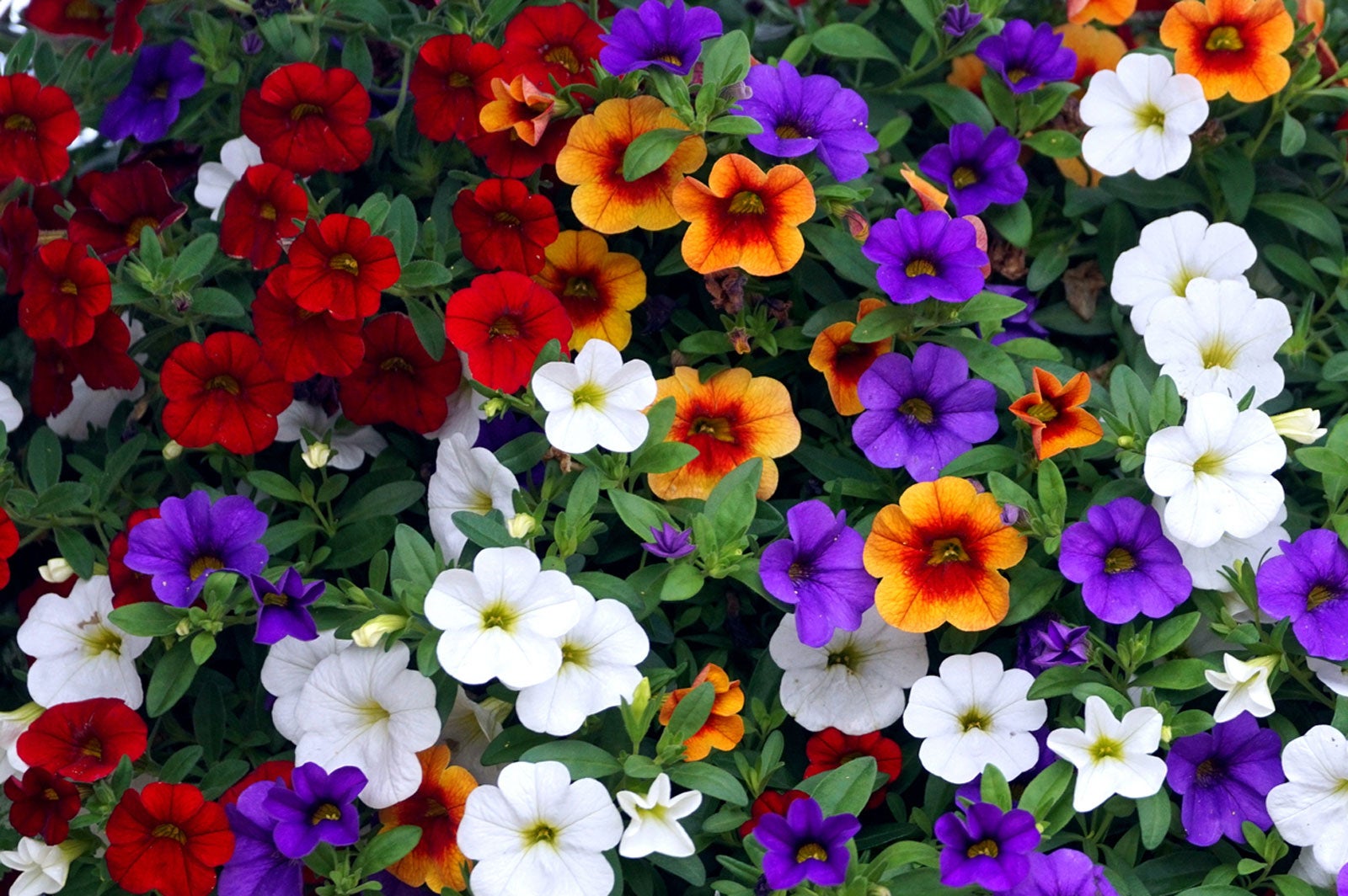No Flowers On Calibrachoa – Tips For Getting Calibrachoa To Bloom


Calibrachoa, also known as million bells and trailing petunia, is a sun-loving, colorful, and pretty annual. It looks great in beds, hanging baskets, pots, and window boxes. This plant should produce abundant blooms throughout the summer, but if your Calibrachoa won’t flower anymore, there are some steps you can take to re-invigorate it.
Million Bells Not Flowering - Poor Growing Conditions
One reason you may be seeing no flowers on Calibrachoa is that your plants are missing some important growing conditions. Inadequate sunlight, for instance, is a common reason they will stop blooming. Make sure you plant million bells where they will get day-long sun.
Your million bells plants also need warmth. This is especially true in the spring. Make sure your plants are in a spot where they will be warm and get sunlight. This will help them begin to produce abundant blooms.
In the height of summer, the opposite may be true and your plants may get too hot. Make sure they get enough water, but don’t let the soil get soggy.
Getting Calibrachoa to Bloom Requires the Right Fertilizer
The right fertilizer balance can promote strong flowering on million bells. A 20-10-20 fertilizer that has a slow release mechanism is ideal. Use this every other week to promote flower growth.
If you’ve been using a fertilizer with too much nitrogen, this can cause poor flower development. Nitrogen will promote good leaf growth, but it may restrict blooming. The addition of high phosphorus fertilizer, or bone meal, can help offset this.
Other Reasons for Million Bells Not Blooming
If your calibrachoa won't flower and you’re already sure the plants have adequate sunlight and nutrients, take a look at your soil. The pH should be close to neutral or a little bit acidic.
Gardening tips, videos, info and more delivered right to your inbox!
Sign up for the Gardening Know How newsletter today and receive a free copy of our e-book "How to Grow Delicious Tomatoes".
The soil should also drain well. If you have soil that isn’t draining and the roots get soggy, this can cause rot and disease but will also suspend or limit blooming. When watering, be sure to let the soil dry out in between to avoid soggy soil.
If you have struggled to grow Calibrachoa in beds in the garden, try growing them in containers instead. This allows you to amend the soil and control water. It also allows you to chase the sun if your plants are failing to bloom because of shade.

Mary Ellen Ellis has been gardening for over 20 years. With degrees in Chemistry and Biology, Mary Ellen's specialties are flowers, native plants, and herbs.
-
 Try The Trend – Turn Any Bed Into A Keyhole Garden With This Clever In-Ground Composter
Try The Trend – Turn Any Bed Into A Keyhole Garden With This Clever In-Ground ComposterKeyhole gardening is an efficient and sustainable practice that saves space. Get started on this DIY project quickly and easily with an in-ground composter.
By Bonnie L. Grant
-
 4 Superfast Composting Methods: Turn Waste Into Garden Gold In 30 Days Or Less
4 Superfast Composting Methods: Turn Waste Into Garden Gold In 30 Days Or LessTry the fastest composting methods to turbocharge your pile and transform kitchen scraps and garden waste into finished compost in just a few weeks.
By Mary Ellen Ellis
-
 Calibrachoa Cutting Propagation - Learn How To Root Calibrachoa Cuttings
Calibrachoa Cutting Propagation - Learn How To Root Calibrachoa CuttingsCalibrachoa plants can survive year round in USDA plant zones 9 to 11, but in other regions they are treated as annuals. Gardeners might wonder how to root Calibrachoa cuttings or what other methods of propagation are useful. This article will help.
By Bonnie L. Grant
-
 Calibrachoa Winter Care: Can You Overwinter Calibrachoa Million Bells
Calibrachoa Winter Care: Can You Overwinter Calibrachoa Million BellsI love their showy petunia-like flowers and don't want to see the final curtain fall, so I had to ask myself, "Can you overwinter calibrachoa? Is there a way of overwintering million bells and, if so, how?" Find out about calibrachoa winter care in this article.
By Shelley Pierce
-
 Growing Calibrachoa Million Bells: Growing Information And Calibrachoa Care
Growing Calibrachoa Million Bells: Growing Information And Calibrachoa CareCalibrachoa, or million bells, is a stunning plant for any garden with multiple colors of small bell-like flowers.
By Nikki Tilley